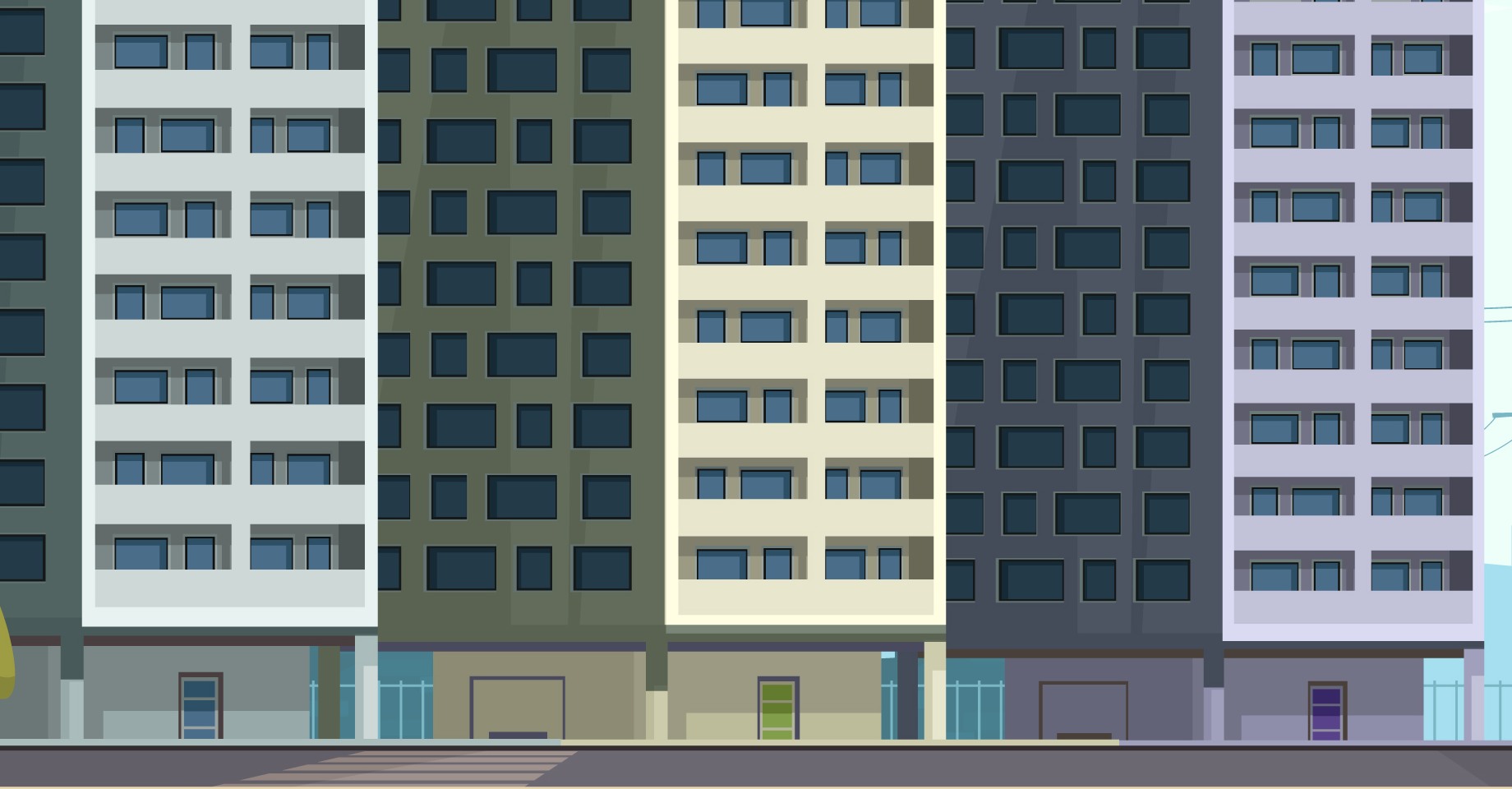The multifamily market is undeniably the darling of the commercial real estate sector. Through the turbulence of the post-pandemic era, multifamily has outperformed other asset classes, with 95% occupancy and 4% rent growth in 2023. Still, the sector has also experienced its fair share of dislocation. Investment volumes fell 60% last year, new construction starts were down 70% from the 2022 peak, and cap rates have grown 100 basis points as pricing adjusts to higher interest rates. The dislocation in the market has pushed investment and development capital to the sidelines while investors wait out uncertainty.
The first signs of recovery are starting to emerge. In 2024, investors have already enjoyed stabilized interest rates. When combined with strong operational performance, multifamily investors are starting to see the light at the end of the tunnel.
Here’s a closer look at the signs signaling that the multifamily market is on the way toward recovery, and that the asset class will remain a low-risk, high-reward investment for the foreseeable future:
Solid Housing Demand
The tremendous national demand for housing has been the bright spot in a difficult market. A widespread study from 2022 found that the US needs 4.3 million market-rate rental units by 2035 to meet current demand, and with the decrease in new construction activity, the nation is not currently on the road to meet that goal. This supply-demand imbalance is helping to fuel strong operational performance.
In the last year, nearly 500,000 new apartment units have been delivered across the US, and yet, CBRE expects only a mild increase in occupancy rates. This year, CBRE research estimates the vacancy rate will remain near its long-term average of 5% and rents will remain flat as the market absorbs new supply. In addition, JP Morgan’s market analysis points to the strong labor market this year as one reason multifamily stakeholders are optimistic. Renters have substantial financial stability, and yet, high interest rates are keeping them in the rental market, boosting demand for apartments.
With all of these factors—the strong market performance alongside new supply deliveries, stabilized interest rates, and low unemployment—developers are becoming more confident. After housing starts fell to a four-year low in January, new starts surged in February to 1.521 million units, well surpassing the 1.45 million expected new construction starts.
High Growth Markets Lead Recovery
While the national multifamily market is showing clear signs of recovery, some markets are looking particularly bright. Specific high growth markets during the pandemic will likely recover faster, with CBRE research calling attention to Phoenix, Charlotte and Nashville as markets that will see both rent growth and higher going-in yields. As a result, it expects stronger investment volumes in those markets this year.
Although these long-term high-growth markets are seeing the exact combination of fundamentals that attract investment dollars, other growth markets are not. Austin is one example. Apartment supply in Austin grew three times the national average in 2023, resulting in an excess of supply. The vacancy rate in Austin stands at 14%, significantly higher than the national vacancy rate, and the market has negative 5.6% rent growth. Austin is a market that is going through a transition and will take longer to recover, even though it had been a high growth market before and during the pandemic. Other growth markets are enjoying a period of stability, particularly those in the Midwest that have an attractive combination of affordability and low inventory levels. Charlotte and Milwaukee are examples of stable markets.
Major metros shouldn’t be forgotten. JP Morgan had a positive outlook for New York City, Chicago, Los Angeles and San Francisco. In New York, a 3.7% vacancy rate and forecasted 2% rent growth in 2024 show that multifamily outlook is improving. In Chicago and Los Angeles, vacancy is stable and rent growth is steady at 2%. San Francisco is the most challenged market, but the report shows even there fundamentals are heading in the right direction, thanks to limited supply and continued demand for coastal markets.
Strong Investor Sentiment
Investors continue to prefer multifamily over any other commercial asset class. In a CBRE survey, 42% of respondents said that they preferred multifamily over any other asset class, compared to only 30% who made the same claim in 2023. Even better, 62% of multifamily investors expect to increase their purchasing activity from last year. There will be opportunity for those acquisitions, as an additional 40% of respondents say that they will increase disposition activity. Investors also showed an increasing preference for lower-risk multifamily purchases, a significant change from last year when investors preferred a high-risk investment strategy. This survey, along with the recovery in new construction starts last month, shows that both investors and developers are noticing the improvement in fundamentals, and they are taking swift action.
The beginnings of multifamily recovery is great news—but it is also a sign that increased competition is right around the corner. Multifamily stakeholders can utilize modern real estate development software to track spending and performance and use predictive analytics to make more informed decisions. In turn, investors and developers can move quickly on prospective deals, edge out competition and realize investment goals. Software programs like Northspyre are the quintessential example of technologies in this category. Developers can automate the majority of administrative tasks, generate financial forecasts and reports, track project spending and centralize key project data. Northspyre has had a positive impact on the bottom line, reducing upfront development costs,, preventing overages, and saving labor and time.
While the market recovery is likely to extend beyond this year—and we may have to wait until 2025 to see real growth—there are plenty of reasons to be optimistic. Investors watching the change in fundamentals and utilizing new technologies will be the first to strike on emerging opportunities.
Download our white paper “It’s Time to Address Tech Debt in Commercial Real Estate” to learn how you can reimagine the role technology plays in your real estate firm, saving time and increasing returns.”



